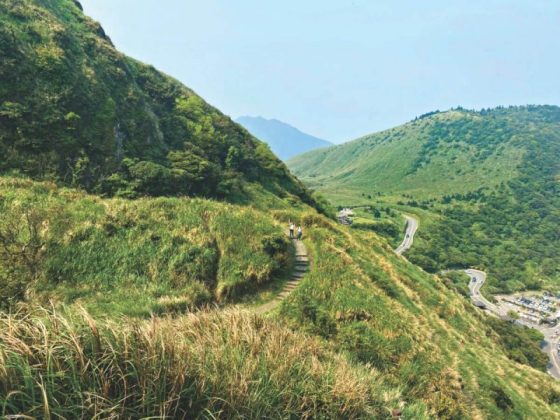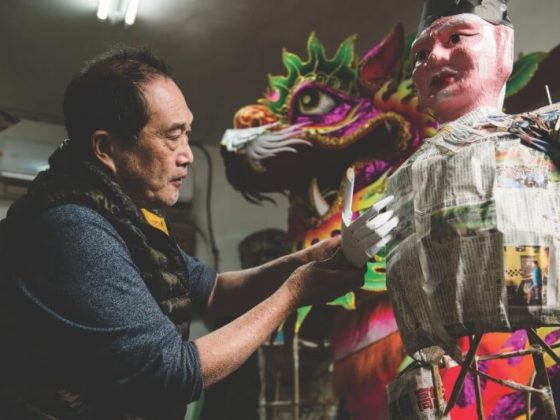Taipei is fast becoming one of the most popular tourist destinations in Asia. From hot spots, such as Taipei 101 and Chiang Kai-shek Memorial Hall (中正紀念堂), to local foodie favorites like guabao (刈包) and bubble tea (珍珠奶茶), the city has many much-loved attractions that keep people coming in droves.
However, as much as we champion these backbones of Taipei’s touristic pull, we aren’t thinking about them right now. We want to drag you away from the mainstream. Not too far, mind you, but just far enough to show you a different side of Taipei. A secret side, if you will.
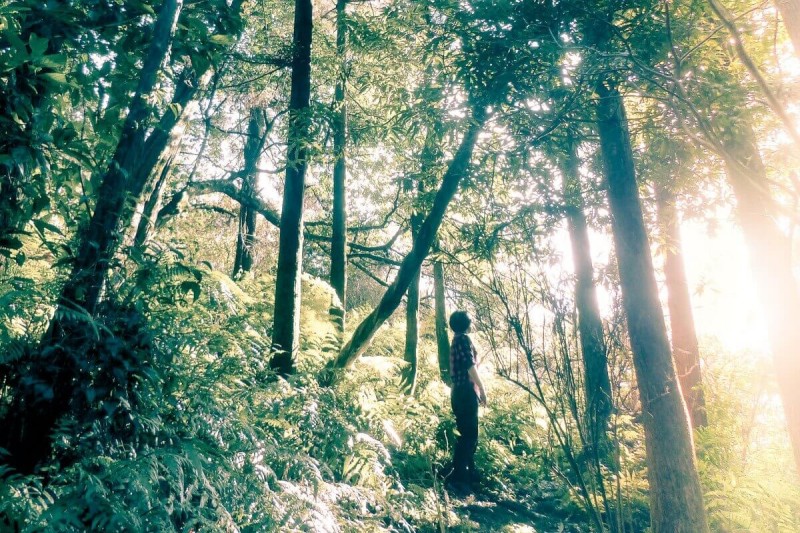
Here’s a guide to some of the most popular places in Taipei, Yongkang Street (永康街), Yangmingshan (陽明山), Bangka (艋舺) and Ximending (西門町), as you’ve never seen them before.
YONGKANG STREET
This is Taipei’s most popular tourist street, especially for those looking to fill their bellies. During pre- pandemic times, Yongkang Street was packed with visitors all keen to stuff their faces with local favorites such as xiaolongbao (小籠包), beef noodles (牛肉麵) and mango shaved ice (芒果冰). Nowadays, while the crowds may be thinner, the street is still a hive of activity, particularly on weekends, with young families enjoying some quality time together in Yongkang Park (永康公園). (Read more: Taiwan’s Top 10 Soup Dumplings)
One thing you may not know about Yongkang Street is its Japanese colonial legacy, stemming from Taiwan’s era of Japanese rule (1895-1945). Ramen shops aside, if you take some time to peer down one of the street’s several lanes and also admire some of the architecture, you’ll realize there is definitely a bit of a Japanese feel to the area. Also, a visit to Yongkang Street isn’t all just about food. There is a much trendier side to the street best known for scallion pancakes (congyou bing, 蔥油餅) and bowls of noodle soup. Stylish boutiques, achingly cool cafés, and hip bars; there are plenty of reasons to head to the most famous spot in Dongmen (東門) other than just for the food.
Secret Spots around Yongkang Street
Jinan Market 錦安市場昭和町文物市集
A place that has gone by many names over the years, Jinan Market is an antique market just off Yongkang Street. Composed of around 20 stores selling vintage, antique and second-hand products, you’ll also find a lot of Japanese items here, another nod to the area’s Japanese influence. You’ll see all kinds of items ranging from artworks to things of cultural interest. The perfect place for a leisurely browse, it doesn’t open until 1pm and closes at 10pm, so there’s no need to rush over early in the morning. (You might also like: Green Is the New Black! Suit up with Sustainable Fashion at Second-Hand Shops and Market in Taipei)
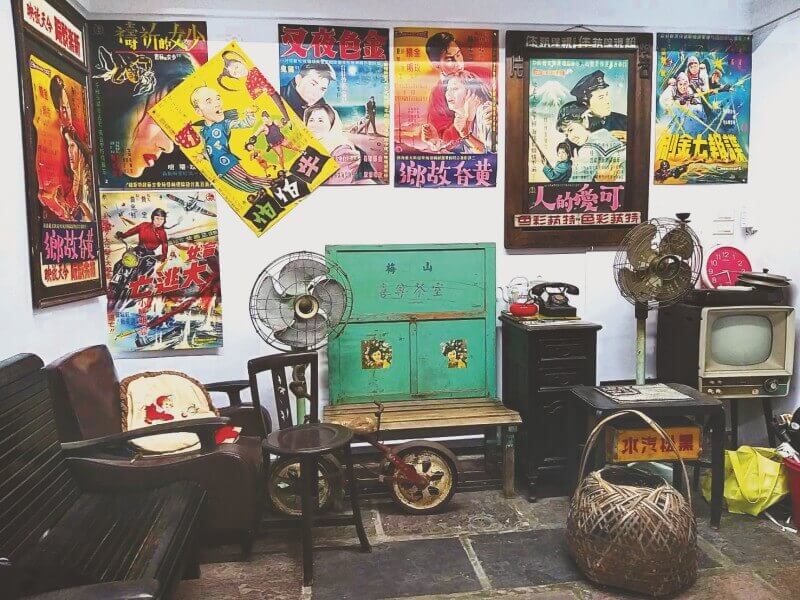
Remains of Taipei Prison Wall 台北監獄圍牆遺跡
Located on Jinshan South Road (金山南路), just a stone’s throw away from Yongkang Street’s famous Yongkang Beef Noodles (永康牛肉麵), the remains of Taipei’s old prison walls are a glimpse into the city’s past. The prison’s outer walls were built during Japanese rule and nowadays survive as two 100-meter-long expanses.
Opened in 1895 as a Japanese penitentiary, before becoming a post-war prison, in 1963 the prison was relocated to Taoyuan (桃園市). Other remaining parts of the structure are the buildings which were formerly Japanese government housing, built on the southern side of what was once known as Taihoku Penitentiary (台北刑務所). Nowadays, the site where the prison once stood is taken up by office buildings.
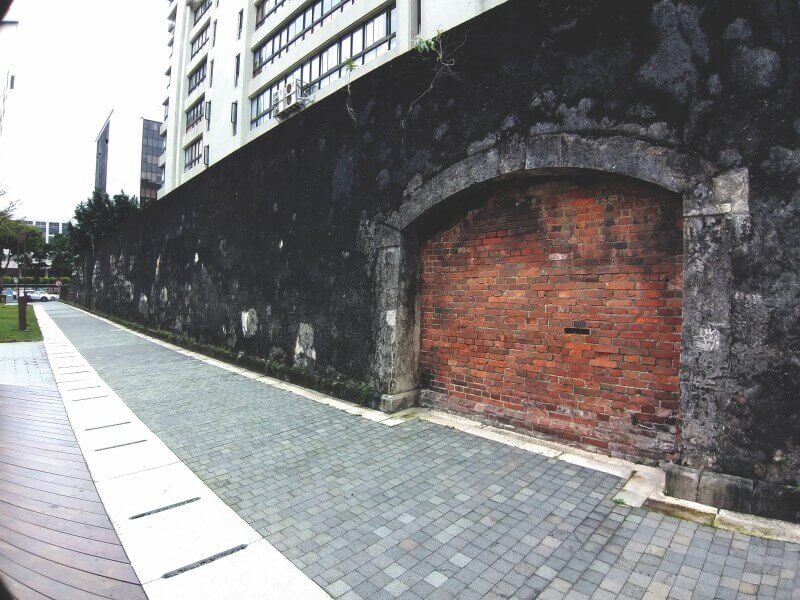
LORE Taipei 劇場酒吧
A cocktail bar combining experimental drinks with immersive theater. LORE’s shows are based on folklore and popular childhood stories and change every six months. Focusing heavily on nostalgia, LORE takes their guests “on a journey through cocktails and emotions, enhancing their understanding of nostalgia. Every audience member will have a different interpretation of the one-hour performance based on their own personal life experiences.”
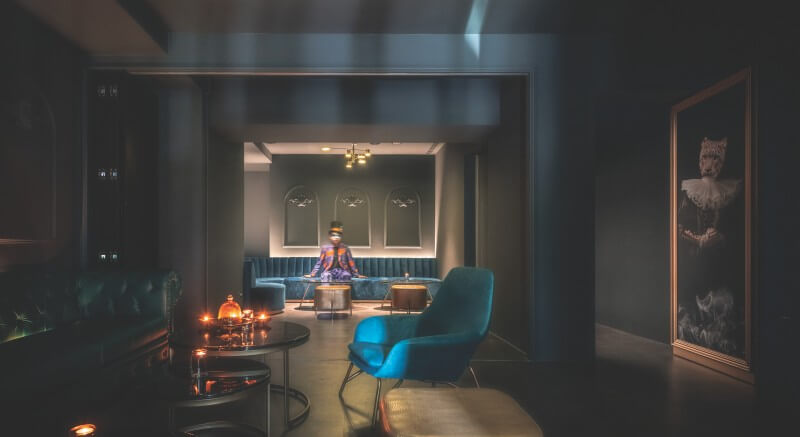
Found at Section 2 of Xinyi Road (信義路), right by Yongkang Street, LORE’s drinks are equally as impressive as their shows, served with phenomenal detail and presentation, with fun, memorable names such as “Cheshire Cat: Curiosity Never Killed The Cat” and “Flower: My Scent is like a Drug, My Personal Brand of Heroin.” (Read also: Things Every Drinker Should Know about Taipei’s Bar and Nightlife Scene)
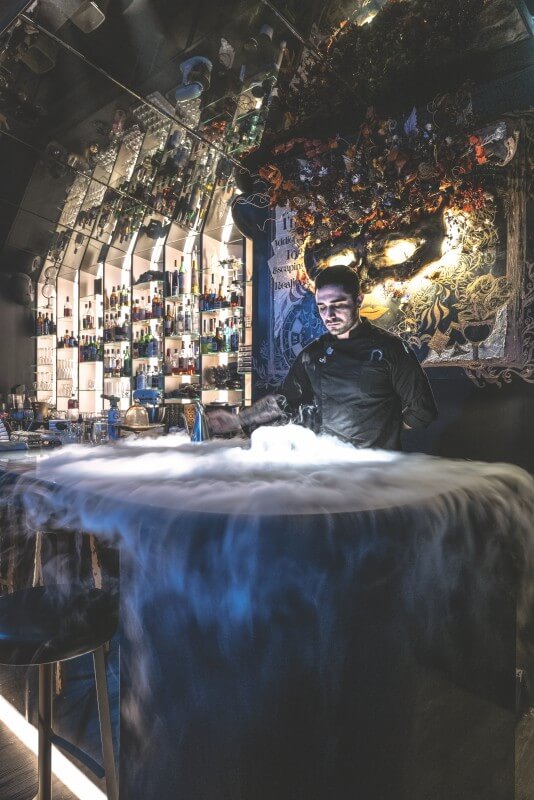
YANGMINGSHAN
Yangmingshan National Park, located between Taipei and New Taipei City (新北市), is best known for its hiking trails. From Mt. Qixing (七星山) to Mt. Datun (大屯山), the area has ten peaks to hike, a 23.8-kilometer east to west route that can be completed in one day if you’re up to the challenge. Mt. Qixing is Taipei’s largest dormant volcano, so the strong smell of sulfur often fills the air, reminding you of the area’s volcanicity. (Read more: The Ultimate Hiking Guide to Yangmingshan National Park)
As well as hiking, Yangmingshan is a great spot to cleanse your body and mind. Not only a top spot for hiking, it is also home to all kinds of flora and fauna. You may even spot the odd snake if you’re lucky (or unlucky, depending on your views on snakes). Also, you can’t forget the hot springs. The district of Beitou (北投), at the foot of Yangmingshan, boasts one of the highest concentrations of hot springs, hot spring spas and public hot spring baths in the world, and is the ideal place to visit after a hike to soak your weary legs. (Read more: 5 Fantastic Things to do in Beitou)
Secret Spots around Yangmingshan
Zhuzihu Black Forest 竹子湖黑森林
A popular location for couples taking wedding photos, the Black Forest in Zhuzihu (竹子湖) on Yangmingshan is a dense forest of tall Chinese fir trees and leafy ferns. The sun shining through gaps in the trees creates long shadows, giving the area a mystic feel.
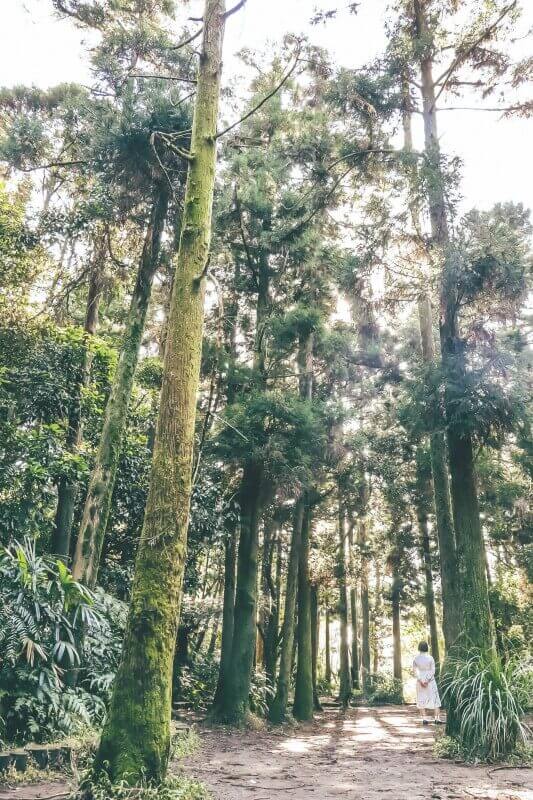
The mysterious forest is near both the Shuicheliao Trail (水車寮步道) and Shuijun Trail (水圳步徑). It can be reached by taking Bus S8 and S9, with the nearest stop being Fengjiakou (風架口).
Free Public Hot Springs in Qianshan Park 前山公園公共浴池
Don’t want to pay for a Beitou hot spring hotel? The picturesque Yangmingshan Qianshan Park is home to some public hot springs where you can stop to soak your feet for free. The park was renovated in 2014 and boasts several ecological resources, with many recreational trails by the park for visitors to walk along and enjoy the mountain views. Accessible by bus, the park is near Yangmingshan Bus Station. (You might also like: Five Wild Hot Springs in Taiwan)
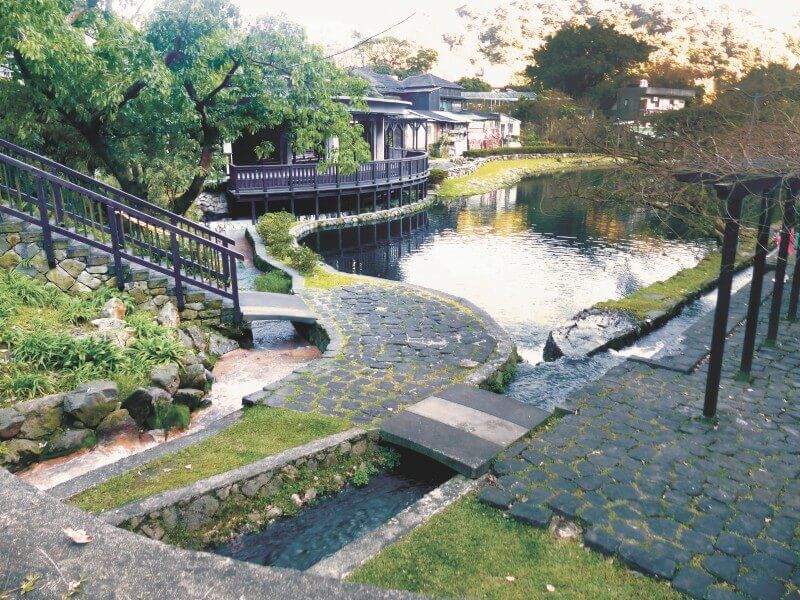
Ceramics DIY at Cloud Forest 雲森陶陶
A ceramics studio run by an American expat who’s been in Taipei for more than three decades, Cloud Forest is one of Yangmingshan’s hidden gems. A studio and exhibition space, at Cloud Forest you can take part in expert-led ceramics workshops or just pop in unannounced (if there’s space, of course) and practice yourself. Maybe you’ll make a teapot, maybe you’ll make a vase, or perhaps you’ll just make a mess, but you’ll surely get your hands dirty and have a great time doing it. The studio sometimes hosts residencies for visiting artists, during which they will lead workshops and also display their works in Cloud Forest’s gallery/museum area. (Read also: Interview: David Pipkin, Founder of Cloud Forest Ceramics Studio)

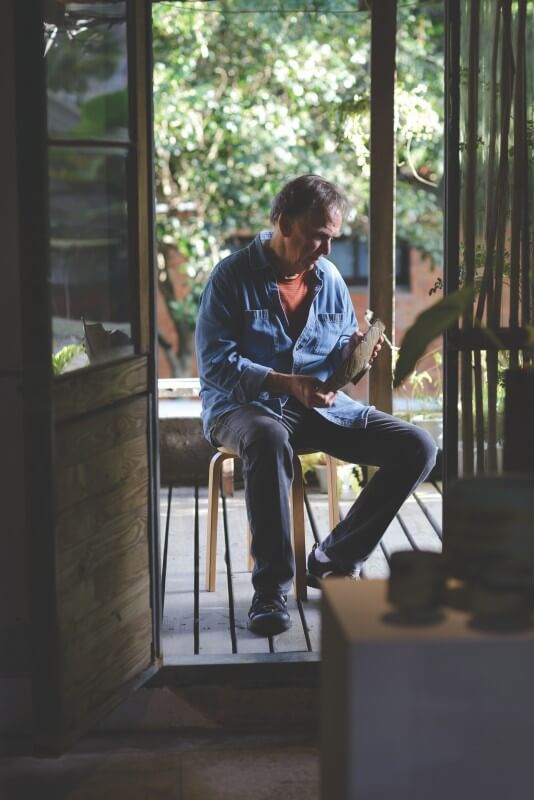
BANGKA & XIMENDING
Two of the most popular tourist spots in the city, visitors to the Bangka (艋舺) area usually frequent Longshan Temple (艋舺龍山寺) and Huaxi Street Night Market (華西街觀光夜市), while people heading to Ximending are more often than not there for the shopping or taking in some pop culture at venues such as Red House (西門紅樓).
Bangka is actually one of Taipei’s more historic areas, and visitors can enjoy a walk around Bopiliao Historic Block (剝皮寮歷史街區), an area that was built during the Qing Dynasty (清代, 1636 A.D. – 1912 A.D.) and passed through Japanese rule and post-WWII recovery. You can also find time to browse U-mkt, or Xinfu Market (新富町市場), and eat traditional street food or try vintage pastries. (You might also like: Traditional Markets: Extraordinary Witnesses of Ordinary Times)
Secret Spots within BANGKA/XIMENDING
Huajiang Apartment Buildings and Sky Bridge 華江整建住宅
Originally a shopping mall built during an urban renewal project after WWII, the local government decided to turn the buildings here into a residential area. They are connected by a circular sky bridge that was originally designed as the mall’s corridor, and it is the last building in Taipei built like this. Countless stairs and hallways turn it into a gigantic maze, making it a popular location for music video shoots and a great place for snapping pictures for Instagram.

(Here’s a music video from R&B singer Nicky Lee that was shot on the sky bridge at the Huajiang Apartment Buildings)
Qingshui Temple 艋舺清水巖祖師廟
One of Taipei’s great temples, Qingshui Temple was built in 1787 and is one of three temples in northern Taiwan dedicated to Master Qingshui (清水祖師), a dark-faced monk who protects people from drought and plague. As well as shrines dedicated to Master Qingshui, there are also areas for worshipping the likes of Mazu (媽祖), the Goddess of the Sea, and Wenchang Dijun (文昌帝君), the God of Literature. Once a school during Japanese rule, nowadays the temple is a leader in the promotion of education in Taiwan. (You might also like: 8 Things to Do Around Longshan Temple)
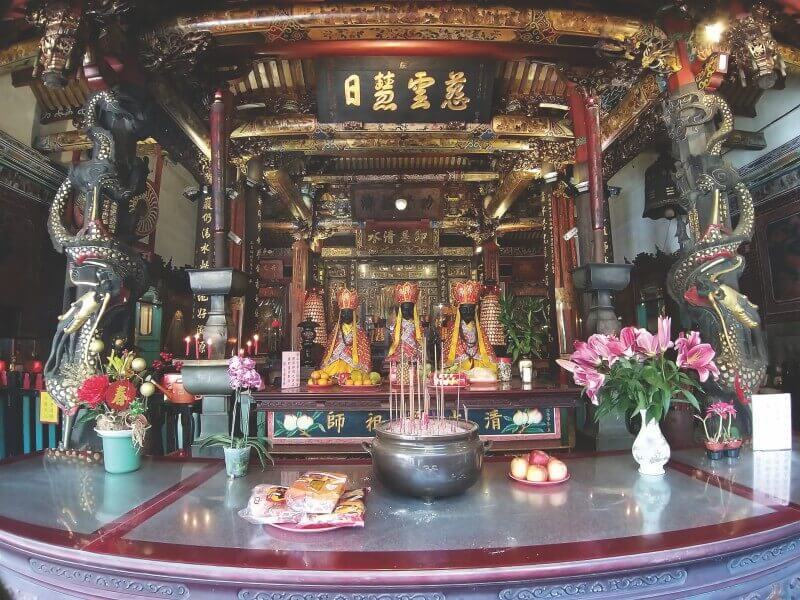
Tangbu Cultural Park 糖廍文化園區
A designated historic site and formerly home to warehouses belonging to the Taiwan Sugar Corporation (台灣糖 業公司), here you can learn about the history of Taiwan’s sugar industry. In the build-up to and in the years that followed WWII, sugar was a mainstay of Taiwan’s economy, with sugarcane having been grown on the island since the arrival of the Han Chinese, at the latest. There are also many art installations that teach visitors about the sugar making process. Also, be sure to take a look at the park’s sugar train, formerly used for transporting sugar.
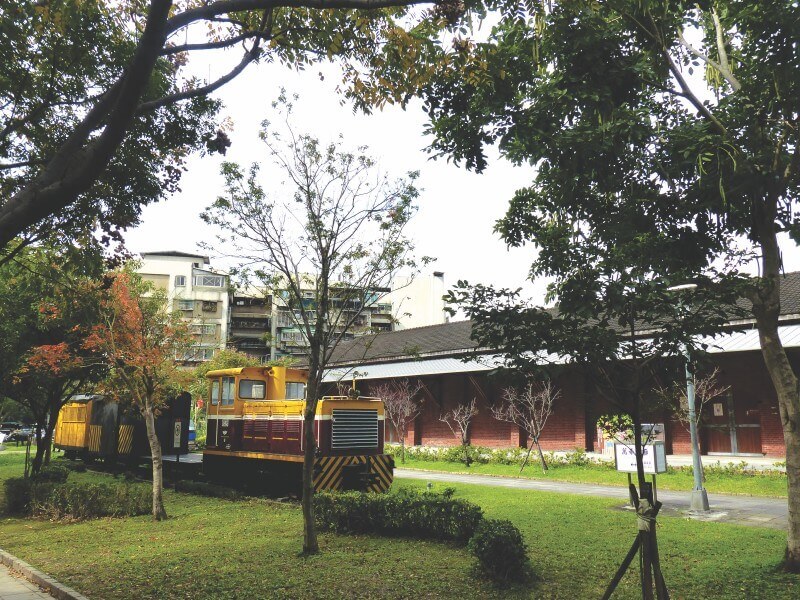
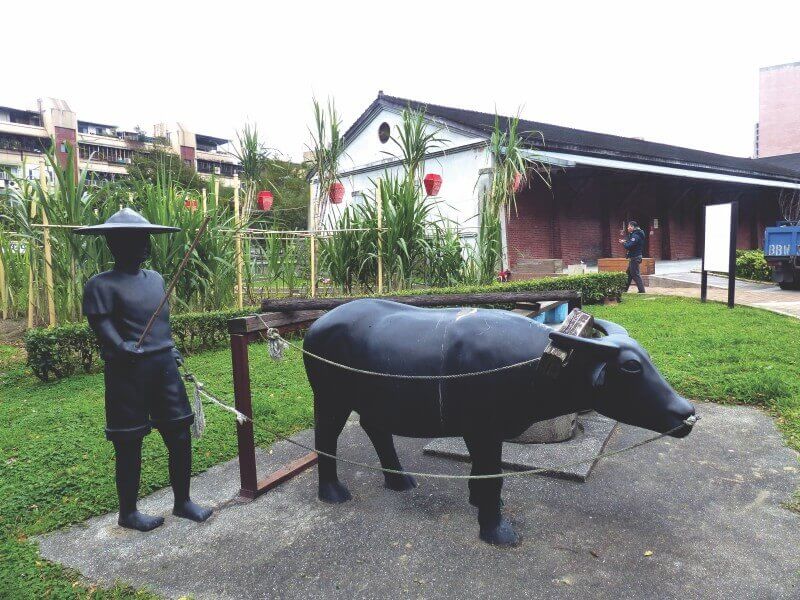
**The indoor exhibition center at Tangbu Cultural Park is currently under renovation and will re-open in August 2021. The park area remains open to visitors as usual.
Wanhua Lin Mansion 萬華林宅
A historic mansion which these days, like seemingly most buildings on the planet, is now a Starbucks. Completed in 1935 and also known as Wanhua Lin House, the building is a four-story quadrangular build with an exterior wall composed of Japanese red bricks and biscuit porcelain, with its traditional wooden doors and windows still intact. Not just a Starbucks, the third and fourth floors of the mansion are galleries displaying artifacts, photos and documents related to architect Lin Hongma (林紅麻), who designed the building, while the top floor is a prayer hall. (Read more: Celebrating Taipei City’s History & Evolution in Architecture)
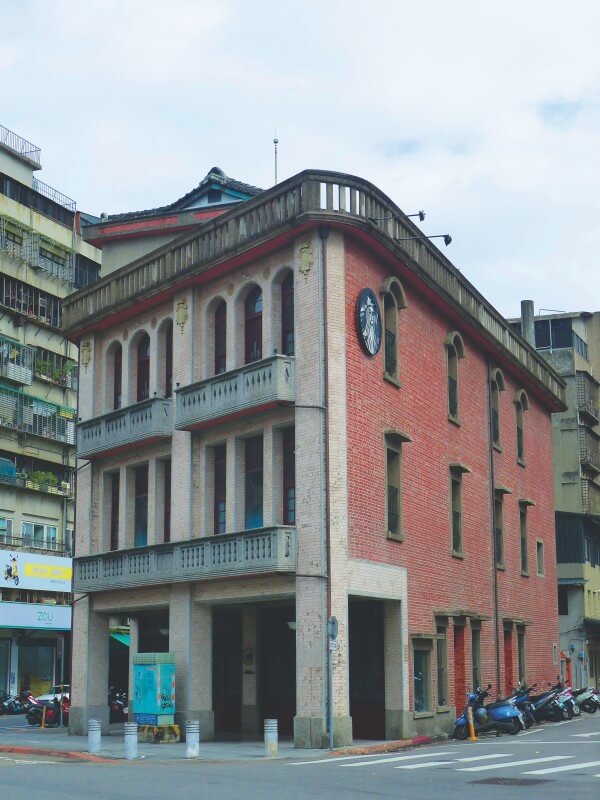
HANKO 60 新聲大戲院
A speakeasy regarded by many as one of Taipei’s coolest bars, HANKO 60 in Ximending is disguised as an old movie theater, with the entrance decorated with vintage movie posters and a screenings timetable. The inspiration for the design comes from Ximending historically being an iconic place to watch movies in Taipei and a leading light in the evolution of the city’s pop culture scene. One of their drinks, the Movie Street, even comes hidden inside a bag of movie theater popcorn. A great place to take friends, dates, or even just to check out for yourself.
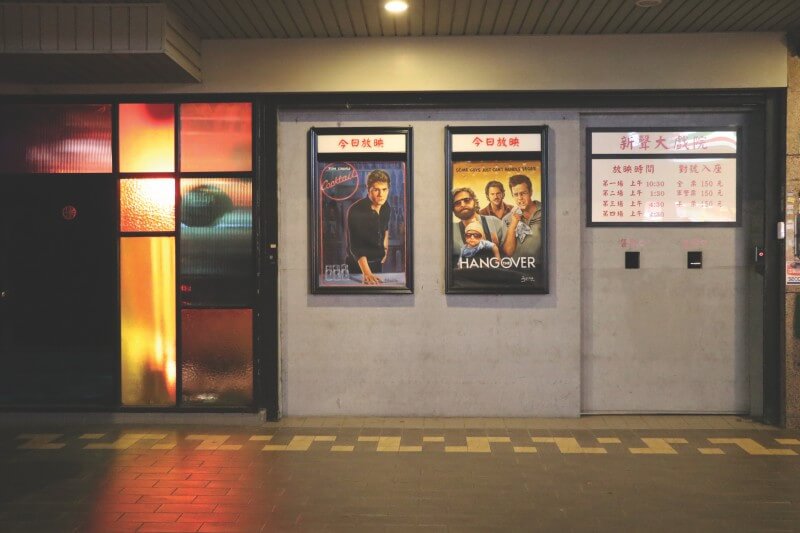
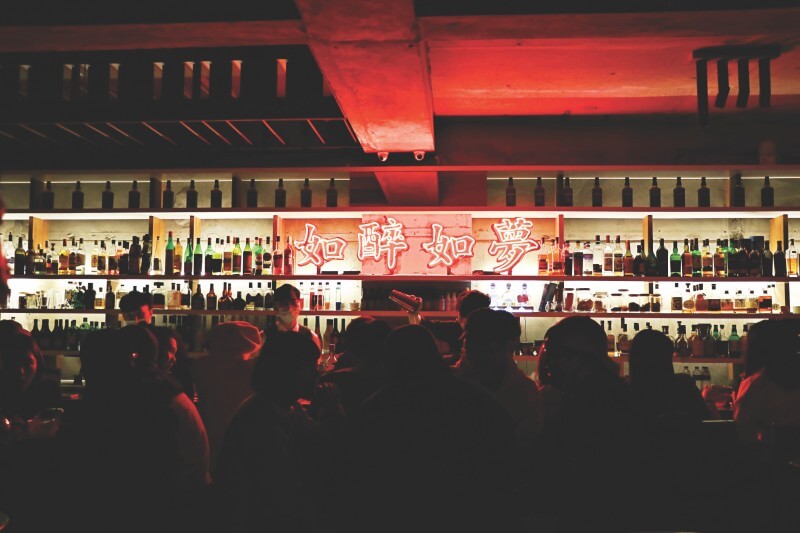
Snowking 雪王冰淇淋
An ice cream store hidden on the second floor of an old Ximending building where you’ll either leave satisfied or horrified, at Snowking, they are not afraid to experiment. Flavors on offer start pretty standard; we’re talking chocolate, strawberry, mango etc. Then they get a little more adventurous; think Oolong tea and basil. Then, things just get weird and arguably unnecessary: pork floss, pork knuckle, chili pepper, sesame chicken, and even kaoliang. Order at your peril, but it’s a lot of fun, especially if you’re trying different flavors together as a group. (Read more: 4 Classic Ice Cream Shops in Taipei)
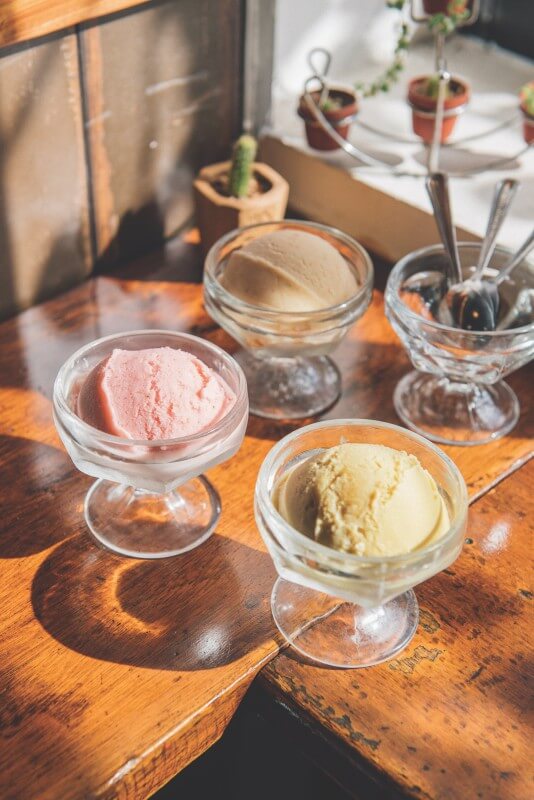
Words by: Adam Hopkins
Photos by: Oia Yang, LORE Taipei, Taiwan Scene, Samil Kuo
This article is reproduced under the permission of TAIPEI. Original content can be found at the website of Taipei Travel Net (www.travel.taipei/en).


